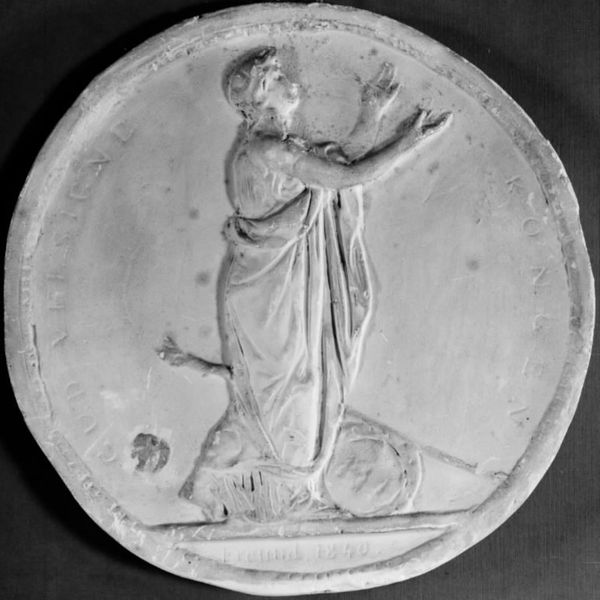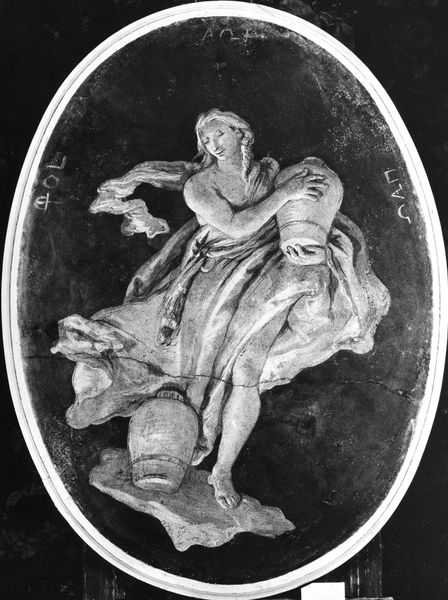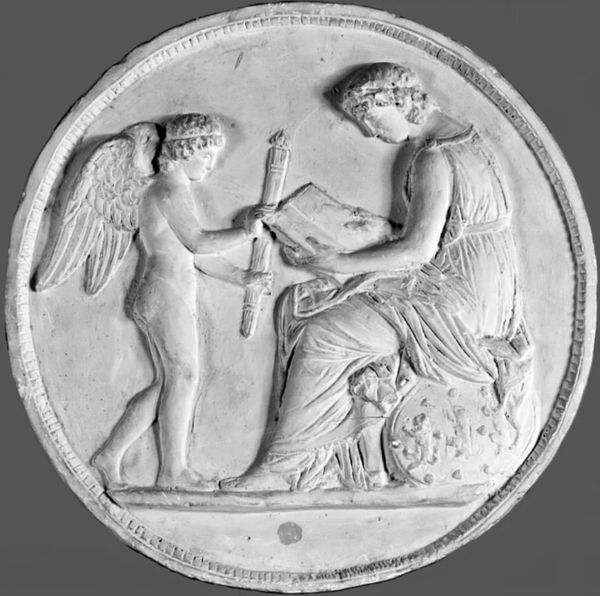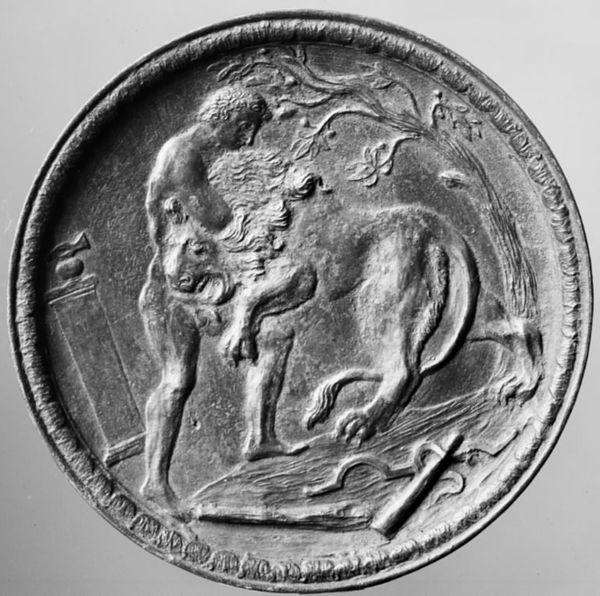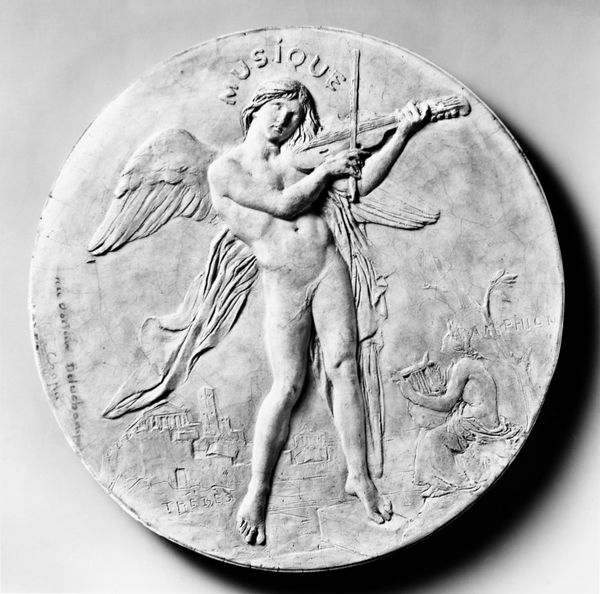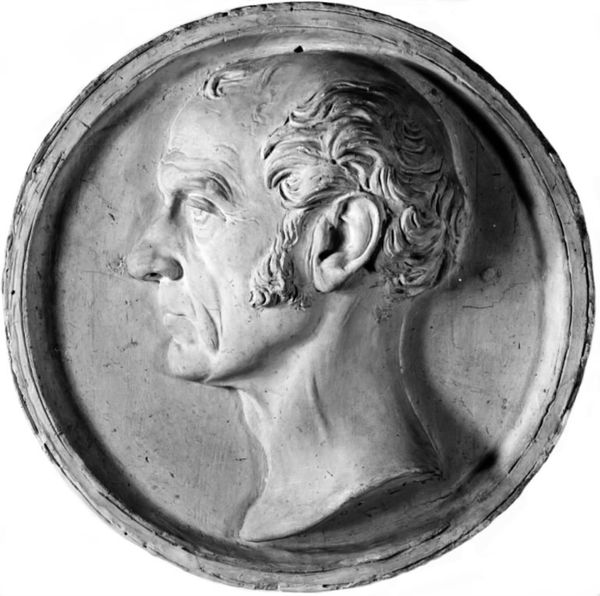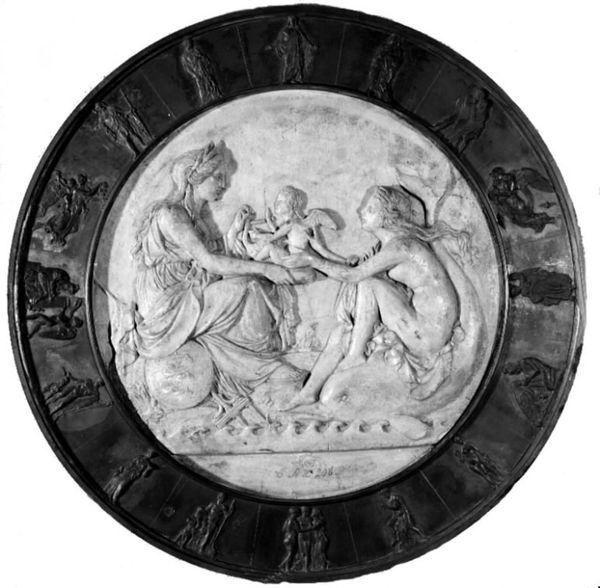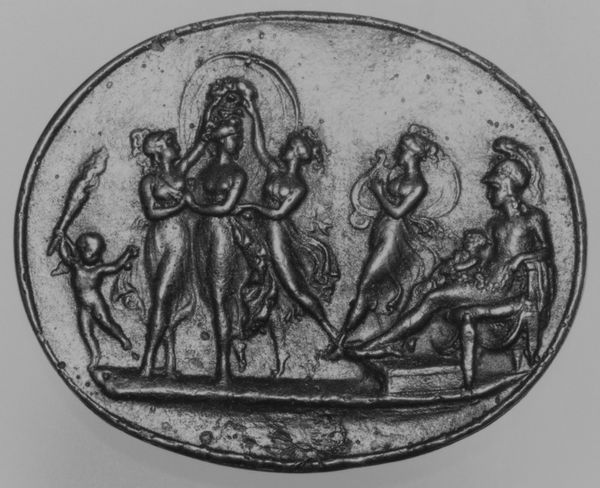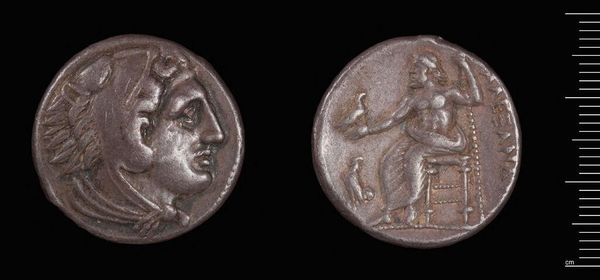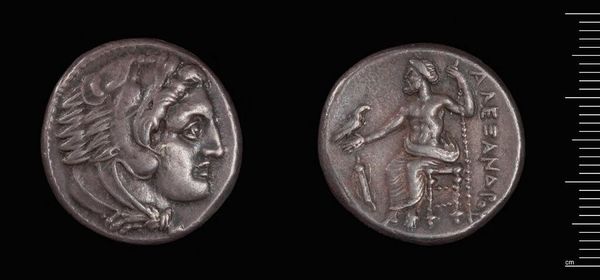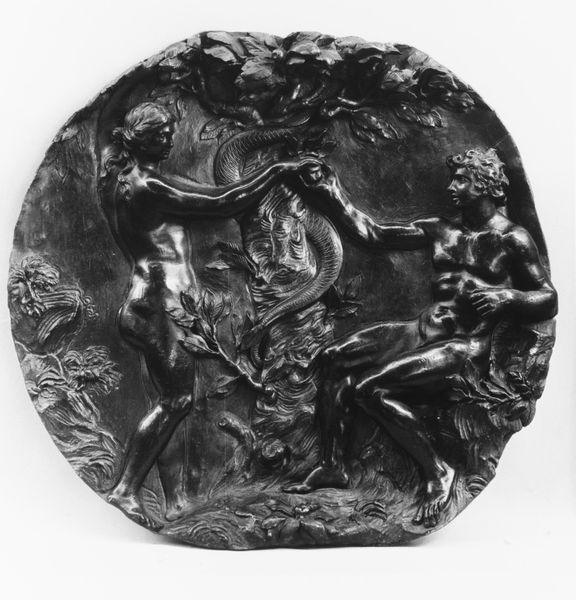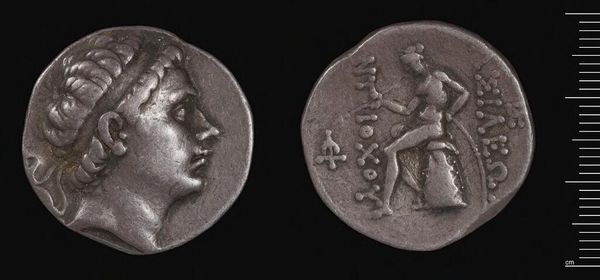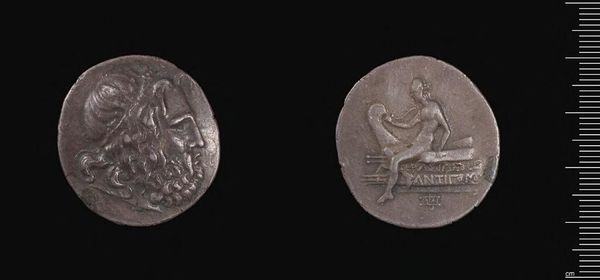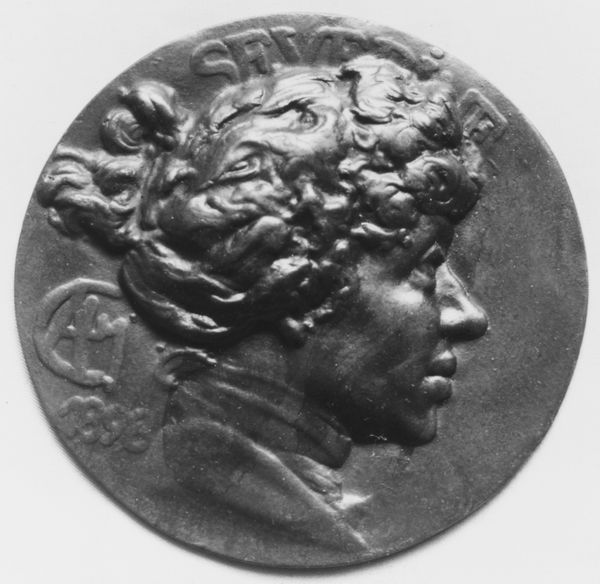
Danmark i en kvindes skikkelse, siddende med håbets genius på sin fremstrakte hånd 1840
0:00
0:00
sculpture
#
neoclacissism
#
sculpture
#
sculpture
#
history-painting
Dimensions: 27 cm (None) (None)
Editor: Here we have Hermann Ernst Freund’s sculpture, “Denmark as a Woman Seated, with the Genius of Hope on Her Outstretched Hand,” created around 1840. It’s strikingly neoclassical. It feels both austere and… well, hopeful, given the title. What catches your eye when you look at it? Curator: You know, I think that the simplicity of form is deceptive. It evokes the past while gesturing towards the future, wouldn’t you say? The way Freund marries the idealized form with this very particular idea of national identity—it’s quite something. Do you get a sense of the specific moment in history that this sculpture emerged from? Editor: I’m less familiar with the historical context. Early 19th century? Curator: Indeed! Think of Denmark at this time: a country licking its wounds after the Napoleonic Wars, redefining itself. This sculpture, this personification of Denmark, embodies that yearning for renewal, don’t you think? It’s a deliberate harkening back to ancient ideals of beauty, but imbued with a very contemporary desire for a bright tomorrow. I always find it incredible how much can be communicated with something as seemingly still and simple as a figure in plaster. What do you feel now knowing that? Editor: It definitely layers the piece for me. I thought it was just some allegorical representation of Denmark but, yeah, I guess that longing gives it another level of emotion. Curator: Exactly. So much more than just an allegorical bauble! Editor: Well, that was a much more emotional journey than I was anticipating when I saw this piece. Curator: The best art usually is, don't you think?
Comments
No comments
Be the first to comment and join the conversation on the ultimate creative platform.
